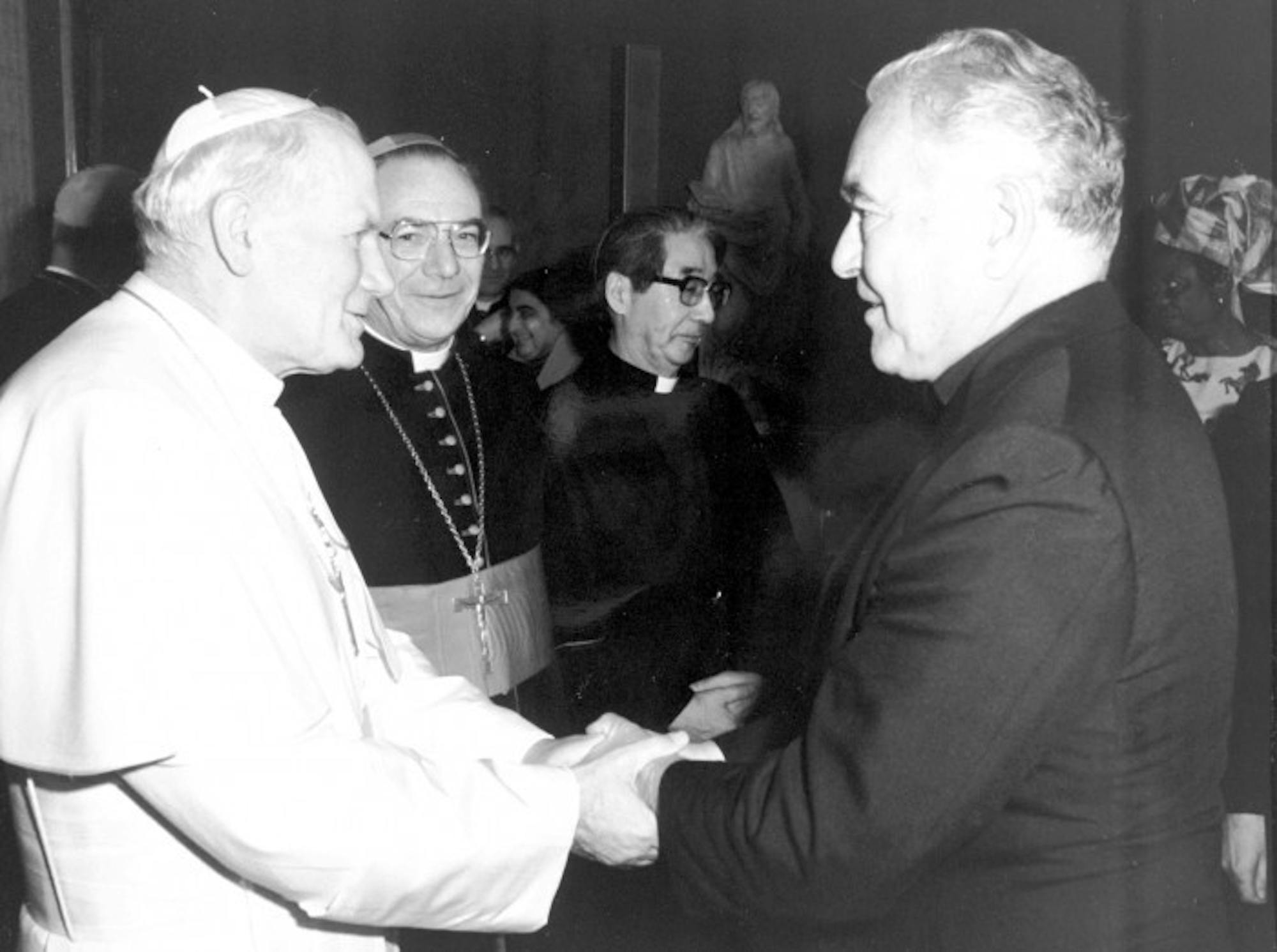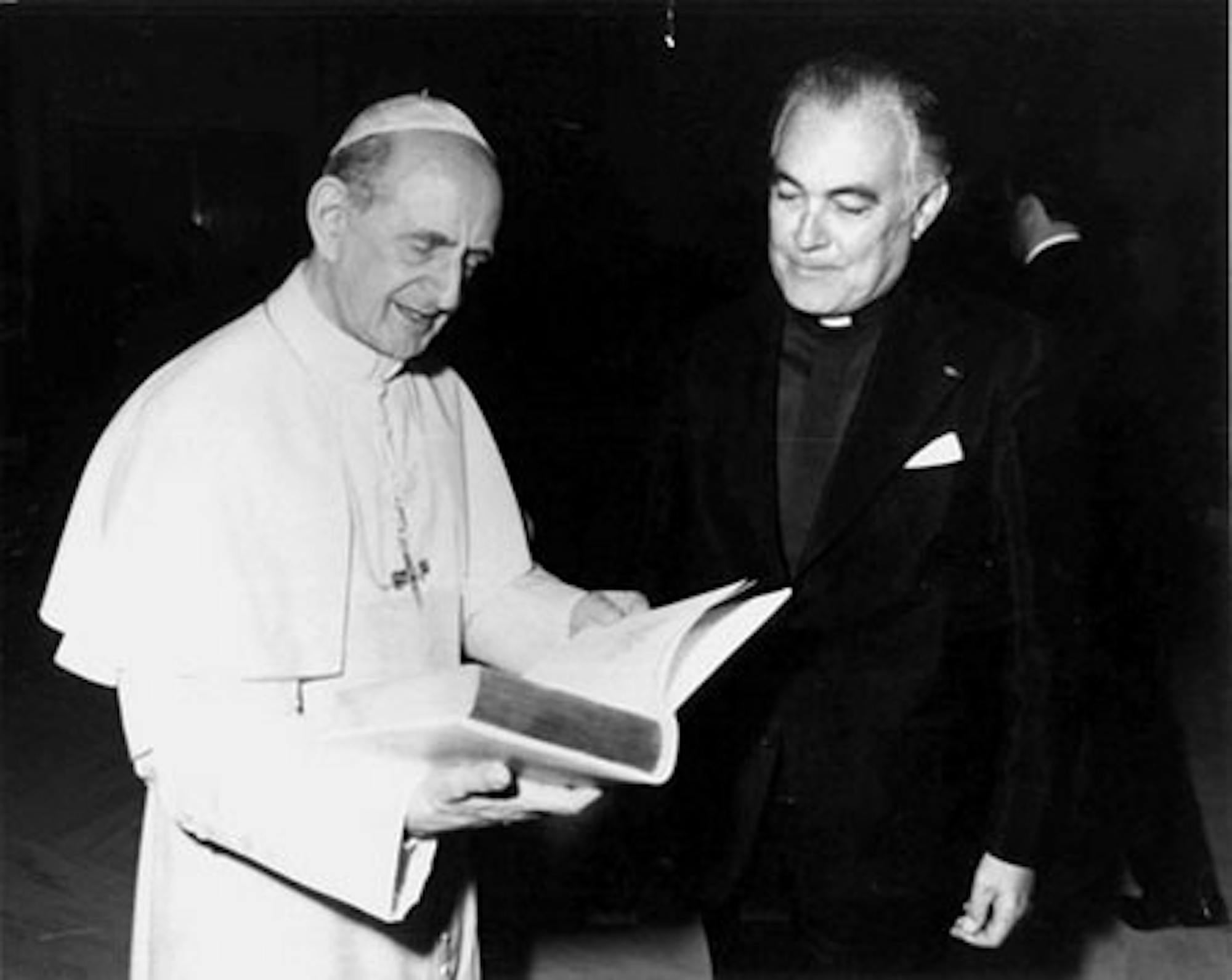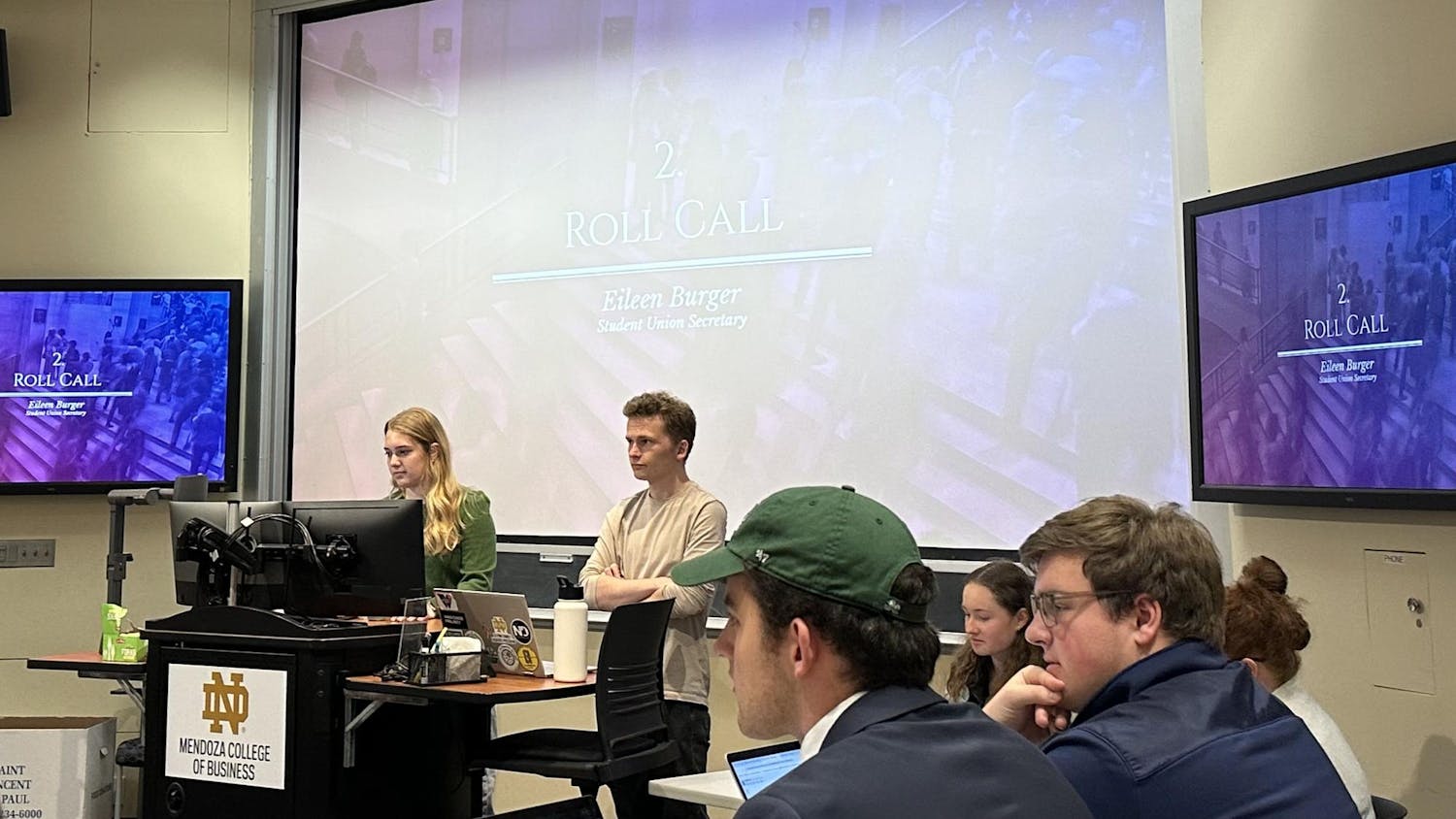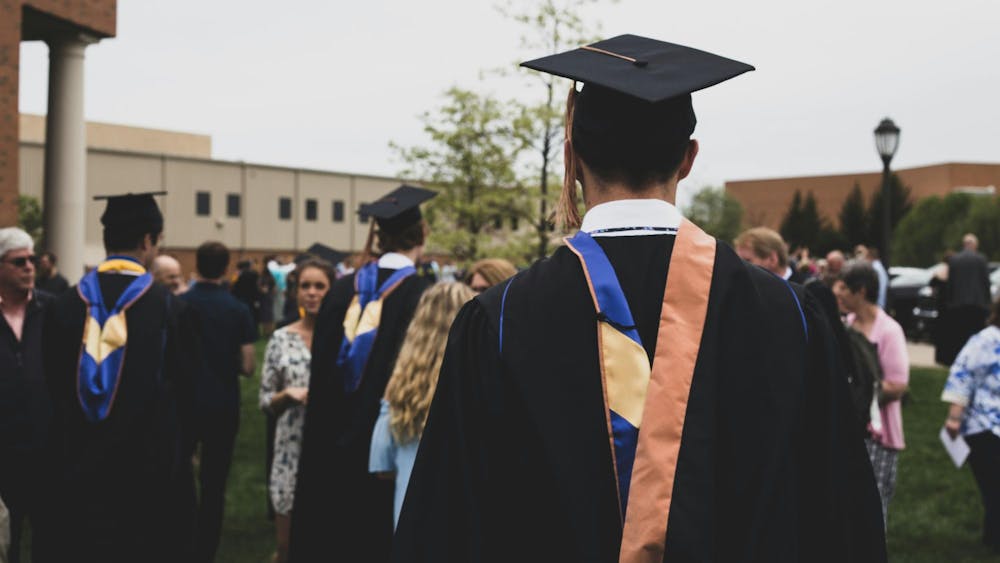
In his years as University president, Fr. Theodore Hesburgh served four popes and offered advice to the Vatican on matters of atomic energy, ecumenism and Catholic education, among other things.
Hesburgh was especially close with Pope Paul VI, but as The New York Times reported, he challenged the Church’s attempts to assert greater control over Catholic universities in the United States at times and argued for a broader view of academic freedom in the Catholic university context.
Hesburgh received five Papal appointments, the first as permanent Vatican City representative to the International Atomic Energy Agency in Vienna, Austria, from 1956-1970.
International Atomic Energy Agency
Cardinal Francis Spellman, archbishop of New York, received approval from the Pope to appoint representatives with knowledge of atomic energy to the International Atomic Energy Agency and Spellman reached out to Hesburgh.Hesburgh’s involvement with the agency delegations made him a crucial bridge between the United States and the Soviet Union during the Cold War.
“The last thing I wanted to do was pack up and fly to New York and argue with Russians for the next several weeks,” he wrote. “I told [Spellman] that if it was very important for me to represent the Vatican at the conference, I would do it. He said it was.
“… I let Spellman know that if I was going to do this for the Vatican because they had no one who knew about atomic energy, I expected to be able to vote according to my own conscience and my own knowledge of atomic energy. I did not want to get to the conference only to find some Vatican monsignor whispering in my ear every time a vote came up.
“… I rearranged my schedule. From then on, for the weeks the meetings lasted, I spent Monday through Friday at the conference and did my university work on the weekends.”
Academic Freedom and Catholic universities
Hesburgh was able to balance both faithfully serving and respectfully challenging the Vatican throughout his life and presidency at Notre Dame, especially on matters of academic freedom.“Notre Dame would lose all its credibility in the United States, and so would I, if an official in Rome could abrogate our academic freedom with a snap of his fingers,” Hesburgh wrote in his autobiography.
In 1963, his peers elected him president of the International Federation of Catholic Universities against his will. The election was also against the will of a certain Vatican archbishop, who Hesburgh didn’t name in his autobiography, but was eventually confirmed by Paul VI.
Hesburgh encouraged former dean of Arts and Letters Charlie Sheedy to write a papal letter on academic freedom in 1965, which he presented to the Pope. After years of work, it was approved Nov. 29, 1972 and published as the papal letter “The Catholic University in the Modern World” after being unanimously approved by 40 delegates to the Federation representing 23 countries.
“After nine years of hard work and negotiation, it seemed, at long last, that everyone was agreed on what Catholic universities were, what we were, what we should be doing, and how we should be doing,” he wrote.
Ecumenism
At the request of Pope Paul VI, Hesburgh spearheaded the construction of the Tantur Institute for Ecumenical Studies, which opened in Jerusalem in 1970.Hesburgh, Paul VI decided, should head the Institute, because of his leadership as head of the Federation of Catholic Universities. Despite Hesburgh's lack of experience with ecumenism, the Pope believed in Hesburgh’s abilities.
“It occurred to me that the Pope’s ecumenical institute might be just the project and sense of purpose that the Federation needed to raise itself from the dead,” Hesburgh wrote. “The Pope knew he had given me a difficult, time-consuming task, and he was always very good at expressing his gratitude.”

The Vatican purchased the Tantur property and leased it to Notre Dame for 50 years at a dollar a year, Heburgh wrote. The Institute opened in 1970 after seven years of planning.
“Most important, since 1970, more than 2,000 Protestant, Orthodox, Anglican and Catholic theologians of all ages, both men and women, have lived, studied, prayed together at the institute,” he wrote. “The dream of Pope Paul VI lives on today at Tantur in Jerusalem, working to achieve Christian unity at a place were Christianity began.”
The later years
Upon Pope Paul VI’s death in 1978, his secretary sent Hesburgh the Pope’s white cassock and skullcap to be displayed in Notre Dame’s museum with the episcopal ring Paul VI had given him years before.According to Notre Dame’s website, in 1983 Father Hesburgh was appointed by Pope John Paul II to the Pontifical Council for Culture, charged with finding ways in which the saving message of the Gospel could be preached effectively in the world’s variegated cultures.
Hesburgh served two other appointments from the Vatican including UN human rights declaration in Tehran, Iran in 1968, Member of the Holy See’s UN delegation.
Fr. Thomas Blantz, professor emeritus of history at Notre Dame, said Hesburgh was away from the University often, but when he was on campus he could accomplish a lot more than most other presidents because he had outside expertise, including his work with the Vatican.
“There was a statement at one time, George Shuster former assistant to Hesburgh said, ‘The University president that you don’t see off campus probably isn’t worth seeing on campus,’” Blantz said. “You’ve got to be off campus to meet other university presidents and politicians and draw from their expertise. So yes, Fr. Hesburgh was off campus an awful lot, but did it hurt his presidency? I don’t think so.”
Hesburgh’s papal appointments and personal interactions with Vatican officials helped to publicize the University, Blantz said.
“We had Vatican officials coming to campus periodically,” he said. “Notre Dame is an outstanding Catholic university, and they might have come here on their own, but Ted getting to know them and being involved with the Vatican gave Notre Dame a lot of publicity and I’m sure it made a good impression on people in the Vatican.”
News Writer Emily McConville contributed to this report.













